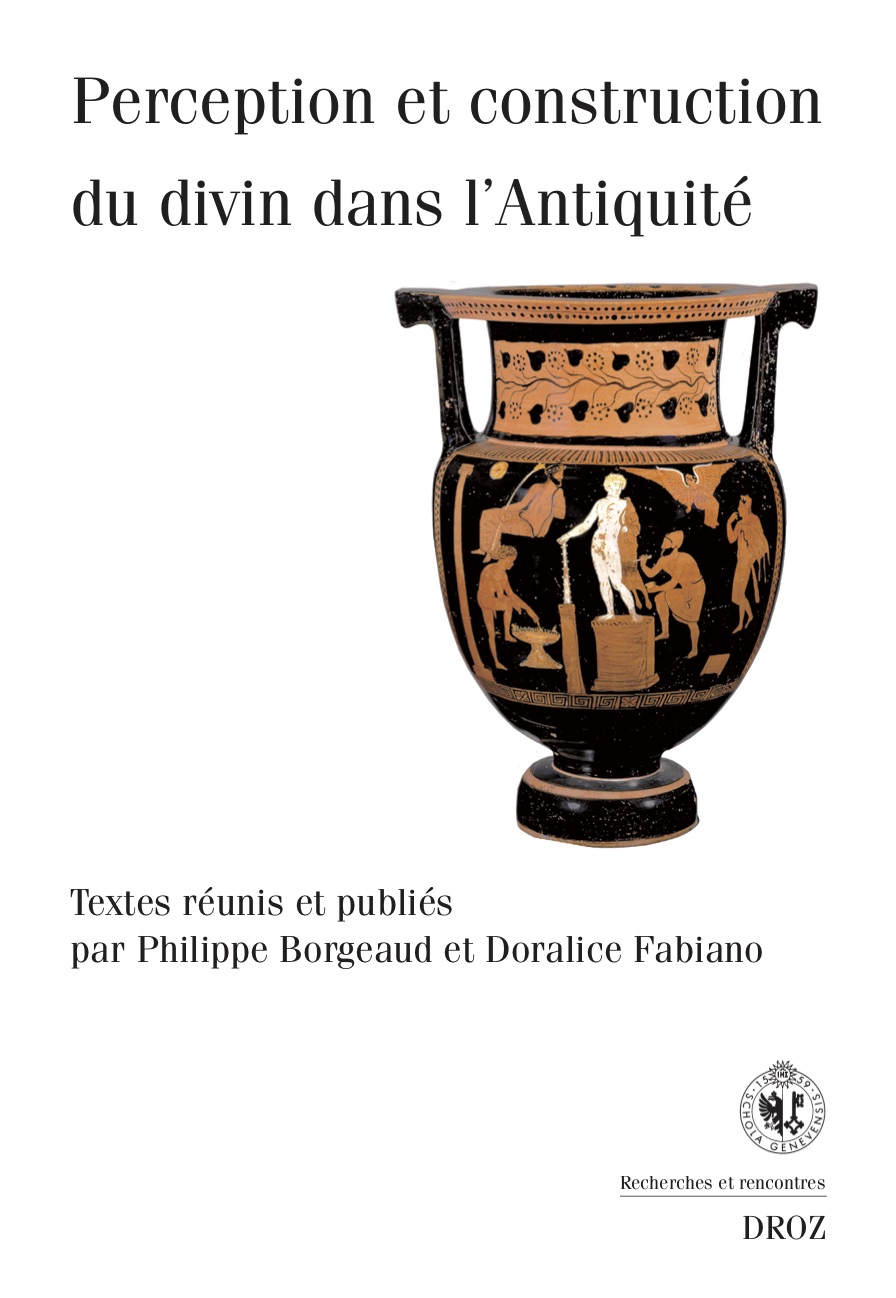Quand les statues divines se meuvent et (s’)émeuvent entre Grecs et Barbares
Abstract
In the Greek and Roman world, the divine statue is a physical mediator between men and gods. Their proximity in ritual contexts produces several emotions (experienced by the community and/or ascribed to the god), despite the existence of ritual normativity. The ways people approaches statues, touches or carries them away is useful to define the borders between those who practice eusebeia or pietas, i.e. the Greeks and the Romans, and the Barbarians, who are disqualified by the classical historiography because of their excessive and abnormal behavior. This paper aims at analyzing the Sicilian case study between the Vth and the Ist century B.C. Sicily is in fact an intercultural laboratory where indigenous populations, Phoenicians, Punics, Greeks and Romans face the problem of how to treat gods’ statues, especially in war contexts. Two examples are addressed using Diodorus of Sicily and Cicero’s evidence: Apollo of Gela, exiled in Tyre and liberated by Alexander in 332 B.C. and Artemis of Segesta, sent in Carthage until 146 B.C., then briefly back in his Sicilian homeland and finally “godnapped” by Verres.
How to Cite
More Citation Formats
